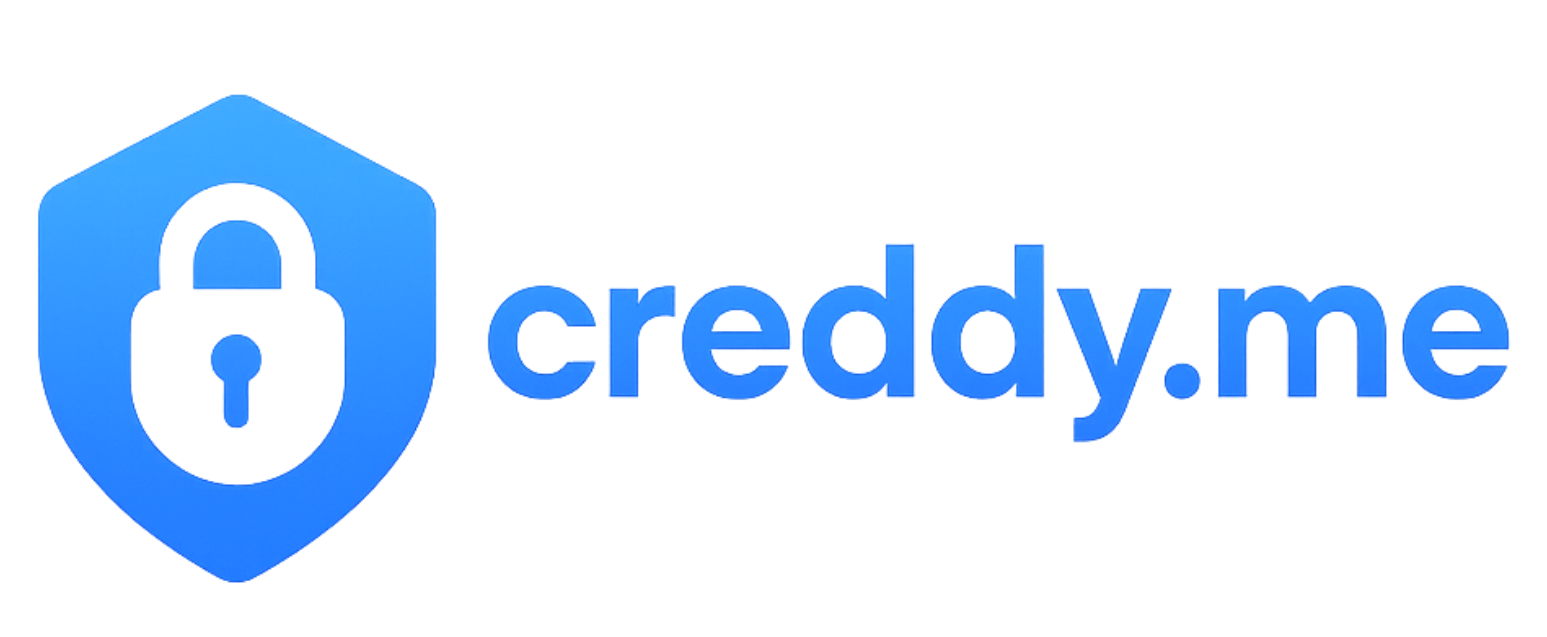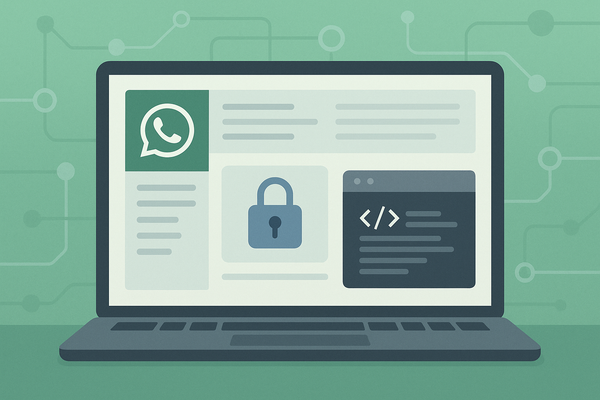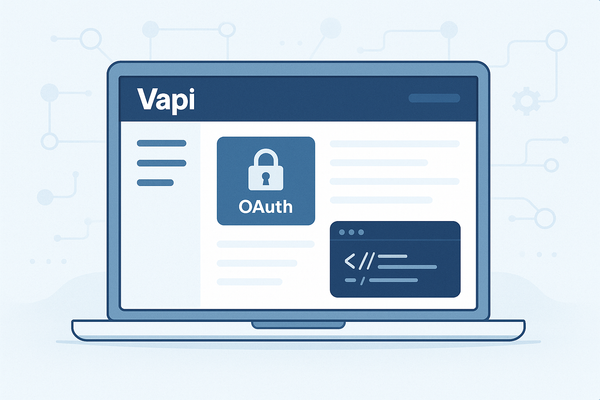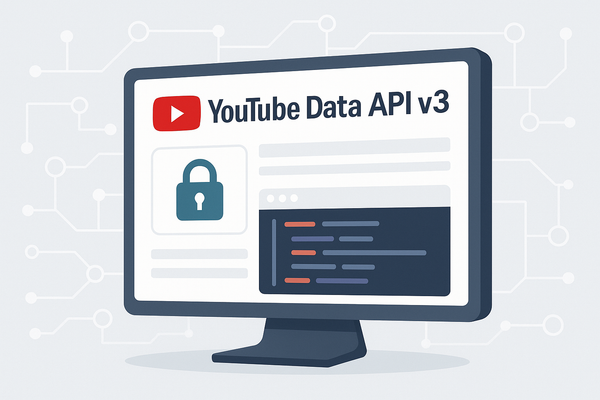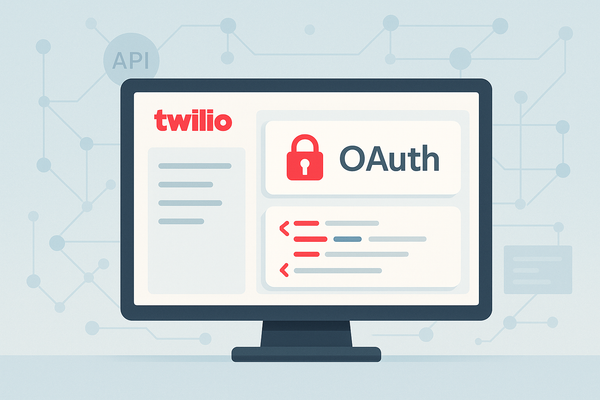How to Generate Salesforce API Key - Complete Tutorial
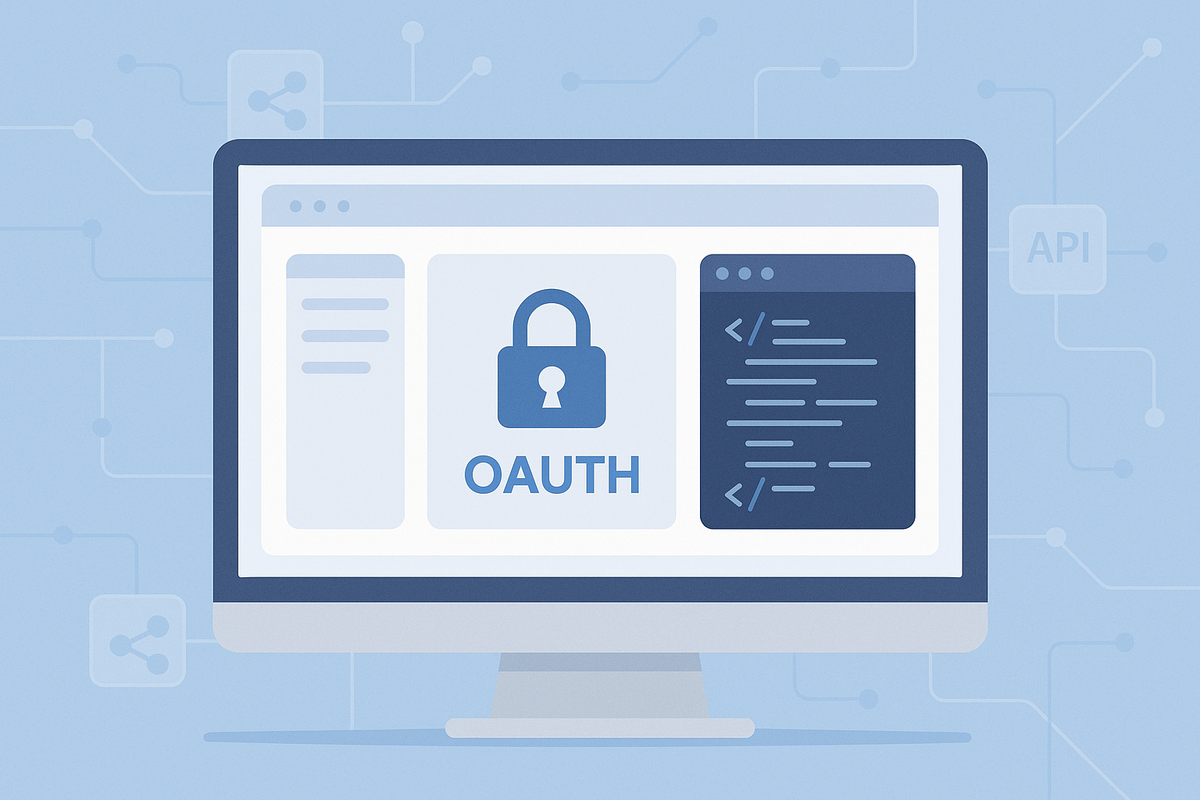
Ever been stuck staring at a developer documentation page, wondering how the heck you're supposed to get your app talking to Salesforce? You're not alone! Many developers find themselves confused about Salesforce authentication, especially when they see terms like "OAuth 2.0" thrown around. Don't worry - it's not as scary as it sounds. OAuth 2.0 is actually just a fancy name for a really secure way to connect your applications to Salesforce without giving away your main password. Think of it as getting a special VIP pass instead of handing over your house keys. Let's walk through exactly how to generate these credentials step by step.
What's a Salesforce OAuth 2.0? (The Simple Version)
Think of OAuth 2.0 credentials like a special password that only works for specific tasks. Instead of giving an app your main Salesforce login (which would be like giving someone your house keys), OAuth 2.0 lets you create a digital key that only opens certain doors. Here's what these credentials actually enable:
- Access Salesforce data from external applications
- Automate workflows between Salesforce and other tools
- Build custom integrations that sync data seamlessly
- Connect third-party apps to your Salesforce org safely
- Enable single sign-on experiences for your users
The beauty of OAuth 2.0 is that you stay in control. You decide what permissions to grant, and you can revoke access anytime. It's like having a smart lock that you can reprogram whenever you want.
Ready to Generate Your OAuth 2.0 Credentials?
Let's dive into the actual process. This tutorial will walk you through creating a Connected App in Salesforce and generating your OAuth credentials:
Pro tip: As soon as you get your credentials, copy them somewhere safe! You'll need both the Client ID and Client Secret for your integrations.
Are you a service provider looking to collect credentials from your clients? Try Creddy.me for free and collect your credentials in minutes, not days.
Why Would You Want This OAuth 2.0 Anyway?
The 'Aha!' Moments:
🔥 Automated Lead Sync
New lead comes in from your website → Automatically creates contact in Salesforce → Triggers welcome email sequence → Updates your dashboard with real-time metrics
📊 Real-Time Reporting Dashboard
Sales data from Salesforce → Combines with marketing data → Creates unified dashboard → Updates every 15 minutes → Gives you complete business overview
🎯 Customer Journey Automation
Customer reaches milestone in Salesforce → Triggers personalized email campaign → Updates customer status → Notifies sales team → Schedules follow-up tasks
💰 Revenue Operations Magic
Deal closes in Salesforce → Updates inventory system → Generates invoice → Sends to accounting software → Triggers fulfillment process
Real-World Integration Examples:
- HubSpot: Sync contacts and deals between marketing and sales teams
- Slack: Get real-time notifications when deals close or leads come in
- Mailchimp: Automatically segment email lists based on Salesforce data
- Zapier: Connect Salesforce to thousands of other apps
- Tableau: Create advanced analytics dashboards with live Salesforce data
Keep Your OAuth 2.0 Safe (It's Easier Than You Think)
Here are the golden rules for keeping your credentials secure:
- Never commit credentials to version control - Use environment variables instead
- Rotate credentials regularly - Set a calendar reminder to update them quarterly
- Use different credentials for different environments - Keep production and testing separate
- Monitor access logs - Check your Salesforce login history occasionally for suspicious activity
Quick Test: After setting up your integration, try revoking and regenerating your credentials to make sure your error handling works properly.
The Professional Way to Collect Client Credentials
"Hey, I need your Salesforce OAuth credentials to set up the integration."
"My what? Can't you just use my username and password?"
"Well, we need to create a Connected App first, then..."
"This sounds complicated. Can we do this later?"
Sound familiar? What if there was a better way?
Imagine sending your client a simple, secure form where they can authenticate with Salesforce directly and grant you exactly the permissions you need. No back-and-forth emails, no screenshots of setup screens, no confusion about technical steps. That's exactly what Creddy.me does.
Instead of walking each client through the Connected App creation process, you create one secure link. Your client clicks it, authenticates with Salesforce, chooses what to share, and you get the credentials instantly. It transforms a 30-minute technical call into a 2-minute self-service experience.
Ready to streamline your credential collection process? Try Creddy.me for free and see how much easier client onboarding can be.
What's Next?
Congratulations! You now have your Salesforce OAuth 2.0 credentials and know how to use them securely. This opens up a world of integration possibilities - from simple data syncs to complex automation workflows. Whether you're building your first integration or managing credentials for multiple clients, remember that Creddy.me supports over 200 platforms to make your development life easier.
